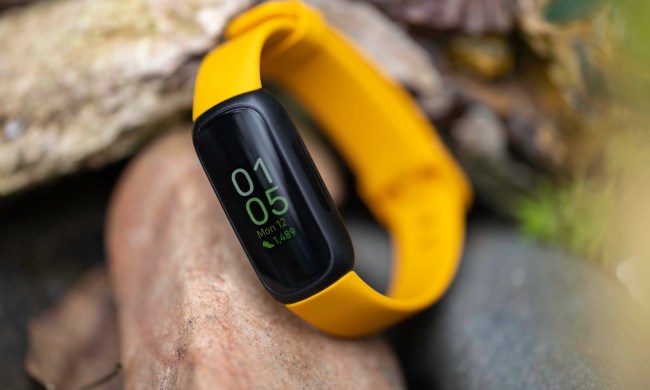The Garmin Vívomove should be called a watch more than anything else. It’s not overwhelmingly packed with features — in fact, it’s pretty bare bones, but it’s also surprisingly unique.
You’ll notice two curved bars on the left and right side of the watch. The bar on the left fills up as you inch toward your step goals, and the bar on the right fills up red the longer you stay immobile.
The red “move” bar wants you to keep moving, as it builds with every 15 minutes of inactivity. So if it’s completely red, that’s bad — it will only reset if you walk for a couple of minutes. The Vívomove can also monitor your sleep, and the times that you’re a little more restless during the night.
Of course, the watch also connects to Garmin’s Connect app, allowing you to get goal achievement notifications, as well as nudges on when you need to move more to reach your step goals. You’ll be able to see more detailed fitness data here.
Pretty standard, right? The Vívomove isn’t pretending to be something it’s not. It’s a good alternative for someone in the market for an affordable, good-looking watch, but still wants some fitness tracking capabilities.

The Vívomove is powered with a replaceable coin cell battery, which means it will last you a year — no charging required. The watch is also water resistant up to 50 meters, so you can take it for a swim or leave it on during a shower (though that’s probably not the wisest choice if you have a leather strap).
Lastly, the watch’s design stands out from most of its competitors. You can choose from six different models with black, white, gold-ton, stainless steel, and rose-gold casings to choose from. The straps come in leather and “sport,” and you can also spend anywhere between $30 to $60 for extra bands.
The price varies per model, but the Vívomove starts at $150 and goes up to $300.


